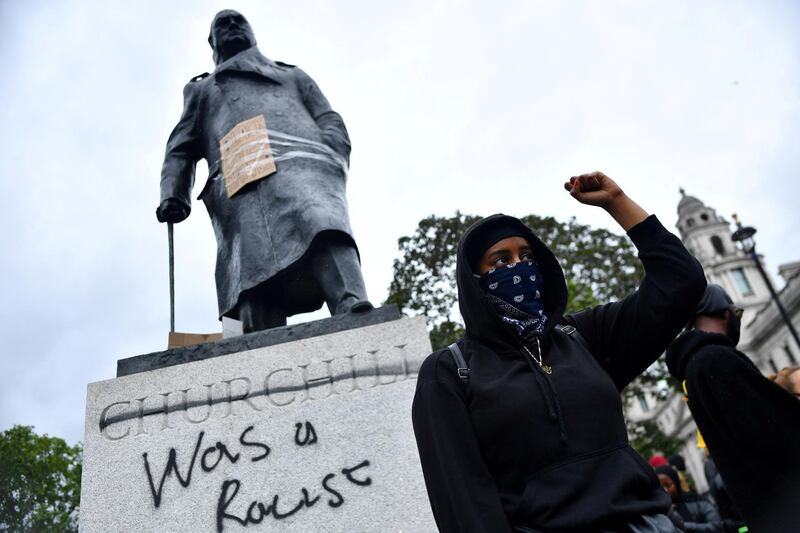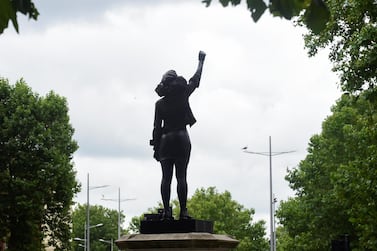A British conservation charity revealed that 93 of its historic properties have links to colonialism and slavery.
The National Trust – an organisation that cares for more than 500 places in England, Wales and Northern Ireland – said that some of the properties were built from the proceeds of slavery.
A report by the charity also details properties owned by plantation owners and 29 that are connected to former slave owners who received compensation after the abolition of the practice in the UK in the 19th century.
Properties listed in the report include Chartwell in south-east England, the former home of Second World War leader Winston Churchill, because of his role as an administrator and backer of colonialism.
It also cited Penrhyn Castle, in Wales, as being built with wealth from slavery and the exploitation of workers on Jamaican sugar plantations.
The Pennant family, who built the castle, fought hard in the 18th century against the abolition of slavery, and received a sum equivalent to £1.3 million (Dh6.1m) today in compensation, when it was.
The report also highlighted properties with cultural links to Britain's colonial history, such as the home of Rudyard Kipling, author of The Jungle Book and an ardent colonialist.
The charity said about a third of the properties could be directly connected to colonialism.
“This conclusion is perhaps not that surprising, as the practice of enslaving African people was a fundamental part of the British economy in the late 17th, 18th and early 19th centuries,” the report said.
“Large numbers of landowners and members of the wealthy middle classes invested in commerce that was linked directly to the slave trade, including sugar production in the Caribbean.”
The report was commissioned in September before the death of George Floyd in the US sparked a wave of protests against racism around the world and led to a renewed focus in some countries on colonial repression.
During the protests in Britain, a statue of Churchill in central London was sprayed with graffiti and demands were made for some statues of prominent public figures to be removed because of their connections to human exploitation.
The movement was given impetus when the statue of a slave trader from the 17th century, Edward Colston, was torn from its plinth and thrown into the harbour at Bristol, in western England.
It has since been fished out of the water and taken for restoration, but will not be returned to its original position.








